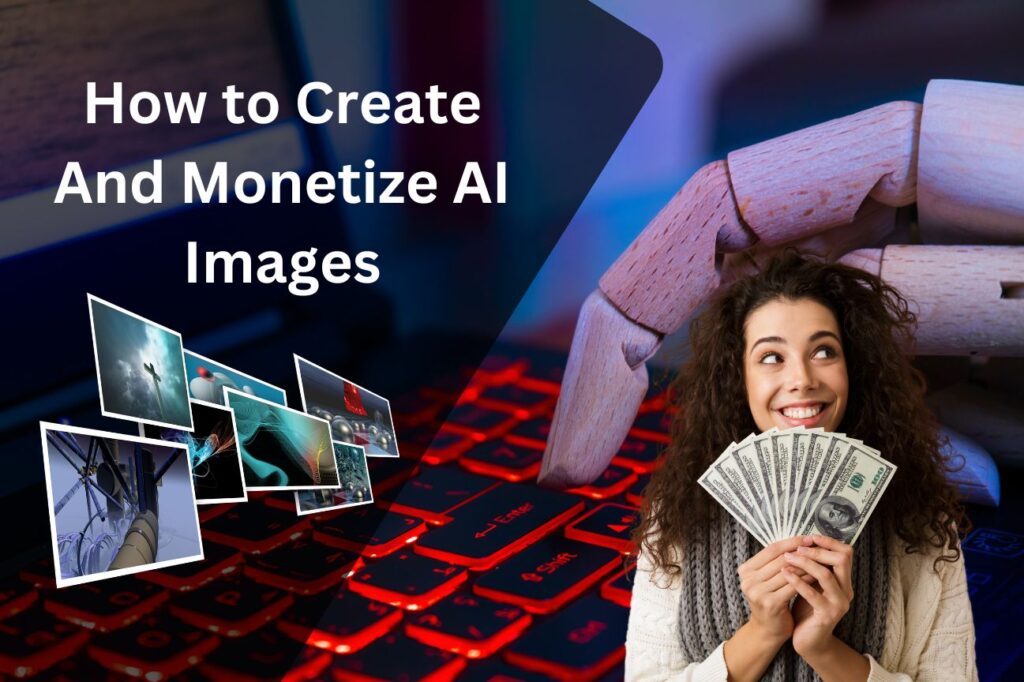Unlocking creativity Building Your Own Text To Video AI with Open-AI API. In today’s digital age, the demand for engaging and visually appealing content is higher than ever. Text-to-video artificial intelligence (AI) has emerged as a powerful tool to meet this demand. With text-to-video AI, you can transform written content into captivating videos that can be shared across various platforms. This technology has revolutionized the way businesses and individuals communicate their ideas, stories, and messages.
Understanding OpenAI API
OpenAI API is a cutting-edge platform that provides developers with access to powerful AI models, including the text-to-video AI. This API allows you to utilize the advanced capabilities of OpenAI’s models to build your own text-to-video AI system. With OpenAI API, you can generate high-quality videos from text inputs, enabling you to bring your ideas to life.
Benefits of building your own text-to-video AI
Building your own text-to-video AI using OpenAI API offers numerous benefits. Firstly, it allows you to have complete control over the video creation process. You can customize the style, tone, and visuals to align with your brand or personal preferences. Additionally, having your own text-to-video AI gives you the flexibility to create videos on-demand, saving you time and resources.
Moreover, by building your own text-to-video AI, you can unlock your creativity and explore new possibilities. You can experiment with different content formats, storytelling techniques, and visual elements to create unique and memorable videos. This level of creative freedom can set you apart from your competitors and captivate your audience.
Challenges in building a text-to-video AI
While building a text-to-video AI system with OpenAI API offers immense benefits, it also comes with its own set of challenges. One of the key challenges is acquiring and preparing the right data for training your AI model. High-quality and diverse training data is crucial to ensure that your text-to-video AI can generate accurate and relevant videos.
Another challenge lies in training the AI model itself. The training process requires significant computational resources and expertise. It involves fine-tuning the model, optimizing parameters, and iterating on the training process to achieve the desired results. This can be a complex and time-consuming task, especially for those who are new to AI development.
Steps to build your own text-to-video AI with OpenAI API
Here Few steps for Building Your Own Text to Video AI Tool with Open-AI API.
Choosing the right data for training your AI model
Selecting the right data is a critical step in building a successful text-to-video AI. The data should be diverse, representative of different styles and subjects, and of high quality. You can gather data from various sources such as books, articles, and online videos. It is important to ensure that the data you choose aligns with your intended application and target audience.
Preparing and processing the data for training
Once you have gathered the data, you need to preprocess and format it for training your AI model. This involves cleaning the data, removing duplicates or irrelevant information, and organizing it in a structured manner. You may also need to perform tasks such as text normalization, tokenization, and data augmentation to enhance the quality and diversity of your training data.
Training your AI model with OpenAI API
After preparing the data, you can start training your text-to-video AI model using the OpenAI API. The API provides a straightforward interface to interact with the AI model and train it using your processed data. During the training process, you can fine-tune the model’s parameters, experiment with different hyperparameters, and monitor the model’s performance to ensure optimal results.
Testing and fine-tuning your text-to-video AI
Once your AI model is trained, it is essential to test its performance and make any necessary adjustments. You can evaluate the model’s ability to generate accurate and visually appealing videos by providing it with sample text inputs. If the results are not satisfactory, you can fine-tune the model further or make changes to the training data to improve its performance.
Implementing your text-to-video AI in real-world scenarios
After successfully training and fine-tuning your text-to-video AI model, it’s time to implement it in real-world scenarios. You can integrate the AI system into your existing workflows, platforms, or applications to automate the video creation process. This enables you to generate videos on-demand and scale your content production efforts efficiently.
Ethical considerations in using text-to-video AI
While text-to-video AI offers incredible possibilities, it is essential to consider the ethical implications of its usage. As AI technology continues to evolve, it is crucial to ensure that it is used responsibly and ethically. This includes respecting copyright laws, obtaining proper consent for using others’ content, and avoiding the creation of misleading or harmful videos. By being mindful of these ethical considerations, you can harness the power of text-to-video AI responsibly.
Future advancements in text-to-video AI technology
The field of text-to-video AI is rapidly advancing, and we can expect exciting developments in the future. As AI models become more sophisticated and data sets become larger and more diverse, the quality and capabilities of text-to-video AI will continue to improve. We can anticipate advancements in areas such as video style transfer, real-time video generation, and enhanced storytelling techniques. These advancements will open up new possibilities for content creators and redefine the way we communicate visually.
Read also about – 10 Best AI Text to Video Generators for 2024
Conclusion
Building your own text-to-video AI with OpenAI API empowers you to unleash your creativity, engage your audience, and automate your video creation process. While it may come with challenges, the benefits of having your own AI system far outweigh the initial investment of time and resources. By following the steps outlined in this article and considering the ethical implications, you can build a powerful text-to-video AI that revolutionizes the way you communicate your ideas and stories.
Checkout also theses 53 prompts for text to video AI.
FAQs
Q: Is it necessary to have coding skills to build a text-to-video AI using OpenAI API?
A: Having coding skills is beneficial but not mandatory. OpenAI API provides a user-friendly interface that allows developers of varying expertise levels to build their own text-to-video AI systems. However, a basic understanding of programming concepts and familiarity with AI development can be helpful in optimizing the AI model and troubleshooting any issues.
Q: Can I use my own videos as training data for the text-to-video AI?
A: Yes, you can use your own videos as part of the training data for your text-to-video AI. Including your own videos can add a personalized touch and align the AI-generated videos with your desired style and branding. However, it is essential to ensure that the training data is diverse and representative of different styles and subjects to achieve the best results.
Q: How can I ensure that the text-to-video AI generates accurate and relevant videos?
A: Training your AI model with high-quality and diverse data is key to ensuring that it generates accurate and relevant videos. By selecting data from trusted sources, removing duplicates, and organizing the data in a structured manner, you can improve the AI model’s ability to understand and translate text inputs into visually appealing videos. Regular testing and fine-tuning of the model also help in optimizing its performance.
Q: Can I monetize the videos generated by my text-to-video AI?
A: The ability to monetize the videos generated by your text-to-video AI depends on various factors, including the content of the videos, the platforms on which they are shared, and any copyright restrictions. It is important to familiarize yourself with the legal and ethical considerations surrounding the use of AI-generated content and seek appropriate permissions when necessary.
Q: What are some popular applications of text-to-video AI?
A: Text-to-video AI has a wide range of applications across industries. Some popular applications include video marketing and advertising, e-learning and training videos, social media content creation, and personalized video messaging. The versatility of text-to-video AI allows businesses and individuals to leverage this technology in creative and innovative ways.


